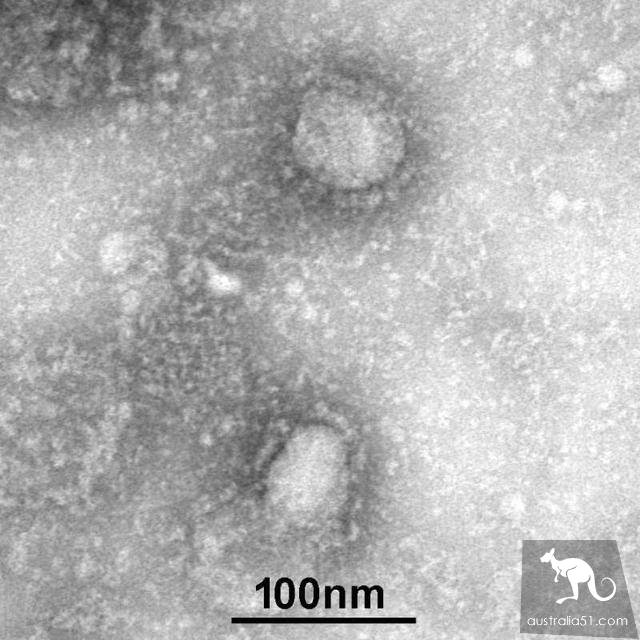Editor:
Yu Xiaomin Beijing Chaoyang Hospital Affiliated to Capital Medical University Infection Branch Deputy chief physician
On December 8,2019, Wuhan City, Hubei Province, has officially reported the first patient with acute respiratory disease of 2019-nCoV (pneumonia with a new type of coronavirus infection), known at the time as pneumonia patients with unknown causes.
As the number of patients continues to increase, on december 31 of the same year, wuhan health and health committee issued an emergency notice on the treatment of unexplained pneumonia, but at this time the epidemic still seems not to be given enough attention.
As the number of diagnoses continues to rise and the number of suspected patients continues to increase, on January 23,2020, Zhejiang, Guangdong and Hunan provinces took the lead in initiating the first-level public health response, and Wuhan also announced that the "city closure" measure will be implemented at 10 a.m. on the 23rd.
Subsequently, public health-level responses were initiated in 31 provincial administrative districts throughout the country.
On January 31, the World Health Organization (WHO) announced at a news conference that the 2019-nCoV epidemic of acute respiratory disease (pneumonia with a new type of coronavirus) had been identified as "International Public Health Emergencies (PHEC)," and that the epidemic was showing a growing trend.

More than a decade after the end of the severe acute respiratory syndrome (severe acute respiratory syndrome, SARS) epidemic, there have also been infectious diseases such as influenza a (influenza a), human infection with highly pathogenic avian influenza, but have not formed such a serious public health incident, not this time has come quickly, come frighteningly. Infectious diseases, a familiar and unfamiliar term, are worth learning again.
What is an infectious disease? l Infectious diseases are infectious and immune characteristics, spread through a certain way of transmission, under certain conditions can cause a special type of infectious diseases. The most well-known infectious diseases include plague, cholera, smallpox, SARS in 2003 and A-stream in 2009.
According to the Law of the People`s Republic of China on the Prevention and Control of Infectious Diseases, Infectious Diseases are classified as Class A, Class B and Class C.
n Class A infectious diseases, only two: plague, cholera.
Infectious diseases such as SARS, rabies, dengue fever, anthrax, tuberculosis, schistosomiasis and malaria are relatively mild compared with A.
n Class C infectious diseases also known as surveillance management infectious diseases, including: epidemic sexy, black fever, hydatidosis, filariasis, etc.
Infectious atypical pneumonia in class B infectious diseases, pulmonary anthrax in anthrax and highly pathogenic avian influenza in humans. This new aggressive coronavirus-infected pneumonia (2019-nCoV acute respiratory disease) is also listed here.

The epidemic of infectious diseases has had a great impact on society and the country. In terms of the most dangerous a class infectious disease, seven outbreaks of cholera have taken place since 1817, with 13 million in china alone and a conservative estimate of 140 million worldwide. The plague, also known as the Black Death, was a pandemic in Europe in 1348-1351, with a total population of 62 million in three years, or a quarter of the population of Europe as a whole.
However, with the continuous development of clinical medical level, people`s understanding of infectious diseases is deepening, plague has almost become extinct in North America and other regions.
Before the founding of New China, plague, malaria, schistosomiasis and kala-azar were widely spread. A civil-military health campaign against plague and cholera was launched in the Shaan-Kan-Nsu-Nsu-Nsu border area in 1941. After the founding of the People`s Republic of China, through the launch of the patriotic health campaign," prevention first, prevention combined "means, our country has successfully eliminated smallpox, polio has also been nearly eliminated.
l Data on the new type of coronavirus-infected pneumonia (2019-nCoV acute respiratory disease) are constantly updated. By 2400 hours on February 6,2020,31,161 confirmed cases,636 death cases and 26,359 suspected cases had been reported nationwide. Compared with the SARS epidemic in 2003, up to the end of the SARS epidemic,5327 cases and 349 cases were reported in China.
Are infectious diseases prevalent? The epidemic process of infectious diseases is the process of occurrence, development and outcome of infectious diseases in the population. The epidemic of infectious diseases needs to meet three basic conditions: the source of infection, the route of transmission, and the susceptibility of the population. Epidemics are only possible if the above three conditions are met.
(i) Source of infection
A source of infection is a human or animal that has a pathogen in the body that survives, reproduces and expels the pathogen.
l Sources of infection include patients, cryptosey-infected persons, pathogen carriers and infected animals.
l Cryptosey and pathogen carriers belong to patients, according to the characteristics of infectious diseases, it has different roles in disease prevention and control.
Infectious diseases among animals can also be transmitted to humans, such as rabies and plague, or pathogens carried on animals can also be transmitted to humans, such as SARS, new coronavirus pneumonia and so on.
(ii) Means of communication
The route by which the source of the l-pathogen wave infection reaches another susceptible person is called the transmission pathway.
l The route of transmission consists of one or more factors in the external environment, and each infectious disease has its own route of transmission.
There are five main ways of transmission of infectious diseases: respiratory tract transmission, digestive tract transmission, contact transmission, insect-borne transmission and blood and body fluid transmission.
(3) Population susceptibility
People who lack specific immunity to an infectious disease are called susceptible persons, and they are all susceptible to the pathogen.
l When the susceptible group accounts for a certain proportion of the population, and at the same time has the source of infection and the easier way of transmission, the epidemic of infectious diseases is easy.
l Most infectious diseases, however, become immune to the disease, reducing the overall infection rate.
Why is there an epidemic of infectious diseases? To achieve the epidemic of infectious diseases, we need to meet the three conditions of transmission source, transmission route and susceptible population, which are influenced by natural and social factors. Therefore, the epidemic of infectious diseases should consider both natural and social factors.
l Natural factors can directly affect the viability of pathogens in the external environment, such as schistosomiasis, which occurs in more water-rich southern regions.
l Natural factors can also reduce the body`s non-specific immunity to promote the development of the epidemic process, cold weather will weaken the resistance of the respiratory tract, resulting in respiratory infections more easily spread in the population.
Many infectious disease pathogens are derived from wild animals, reducing consumption and exposure to infected animals and reducing the introduction of viruses from nature into the body.
l In terms of social factors, the level of education, awareness and economic status, such as the concept of disease prevention and treatment, and national immunization programs, will prevent and reduce the probability of a partial epidemic.
How to treat infectious diseases, what is the key to prevent and control infectious diseases? The key to the prevention and control of infectious diseases is prevention.
l In terms of the source of the infectious disease, many of the first-time pathogens come from nature before the virus begins to spread between people. According to the existing epidemiological survey, the new type of coronavirus that causes pneumonia is derived from wild animals.
The prevention of infectious diseases can be summarized as three aspects: managing the source of infection, cutting off the transmission route (isolation, disinfection) and protecting the susceptible population.
l Specific measures for prevention and control of infectious diseases
? Early detection, early reporting, early separation, early treatment.
? Manage close contacts.
? The management of animal sources of infection shall prohibit the sale and consumption of wild animals.
? strengthen nosocomial infection control.
? Personal protection.
? Infection disinfection and treatment, pathogen may be contaminated areas known as foci.
? quarantine and public place management.
? To strengthen health education, social care and psychological intervention through various forms, widely carry out disease prevention and control knowledge publicity.
For the cognition of infectious diseases, it is necessary for clinicians to find the patients first, and combine the relevant knowledge management of preventive medicine to realize the management of the source of infection, cut off the transmission route and protect the susceptible population through practical methods.
For the general public, no matter when, in the face of any infectious disease, do not contact with the source of infection; respond to the call, actively cut off the transmission route; take effective measures to protect susceptible people, etc., can reduce the psychology of panic, to avoid their own infection to the maximum extent.
In the face of the epidemic, through vigorous publicity, effective measures and other multi-pronged approach, as of February 5, new suspected cases continued to decline. Wearing masks, washing hands frequently, not eating venison and eating venison are practical methods to prevent and control acute respiratory disease (pneumonia with new coronavirus infection) in 2019- nCoV.
[计] reference documentation
1. Fu Hua. Preventive medicine. 7th edition. Beijing: People`s Health Publishing House,2018.
2. Shanghai CDC. Polio - the world`s second disease with the potential to be eradicated. Life and Disasters,2018(12).
3. Li lu. Social medicine. Version 4. Beijing: People`s Health Publishing House,2015.
The above information is reproduced from the

